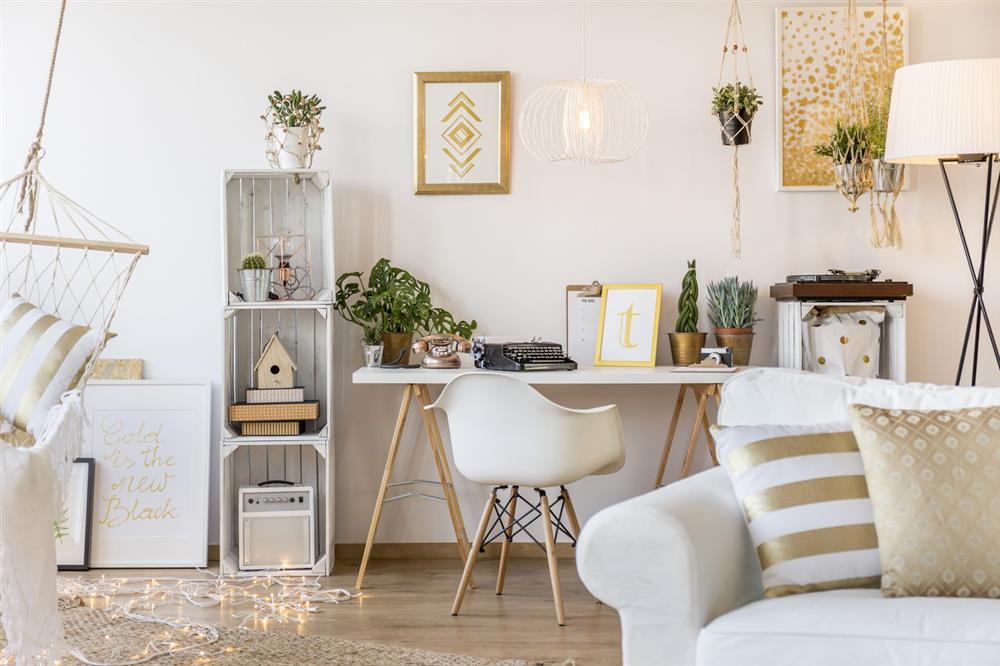
Introduction to Lighting Challenges in Living Rooms
Effective lighting is a cornerstone of interior design, playing a crucial role in setting the ambiance and functionality of living spaces. However, many living rooms face a common challenge: the absence of overhead lighting fixtures. This article explores strategies for illuminating living rooms without overhead lighting, addressing the unique challenges posed by this scenario and offering practical solutions for creating a well-lit and inviting space.
Strategies for Ambient Lighting
Ambient lighting serves as the primary source of illumination in a room, providing overall brightness and establishing the general mood. In living rooms without overhead lighting, several strategies can be employed to achieve effective ambient lighting:
Utilizing floor lamps
Floor lamps are versatile lighting fixtures that can serve as both functional and decorative elements in a living room. With various styles and designs available, floor lamps offer flexibility in terms of placement and can be positioned strategically to provide ambient illumination where needed most.
Incorporating table lamps
Table lamps are another essential component of ambient lighting in living rooms without overhead fixtures. These portable fixtures can be placed on side tables, console tables, or shelving units to fill in dark corners and create a cozy atmosphere. With a wide range of sizes, shapes, and shades available, table lamps can complement any decor style and contribute to the overall aesthetic of the room.
Installing wall sconces
Wall sconces are wall-mounted fixtures that provide indirect ambient lighting without the need for overhead wiring. These versatile fixtures come in various styles, from traditional to modern, and can be installed at different heights to create visual interest and enhance the ambiance of the living room. Wall sconces are particularly effective for illuminating hallways, alcoves, or accent walls.
Task Lighting Solutions
Task lighting is essential for performing specific activities such as reading, working on hobbies, or watching television in the living room. To address the need for task lighting in rooms without overhead fixtures, consider the following solutions:
Adding reading lamps
Reading lamps, also known as task lamps or desk lamps, are designed to provide focused illumination for reading or working on tasks that require concentrated light. These adjustable fixtures can be placed on side tables, end tables, or reading nooks to supplement ambient lighting and enhance visibility in specific areas of the living room.
Installing adjustable spotlights
Adjustable spotlights are versatile lighting fixtures that can be mounted on walls or ceilings to direct focused light onto specific areas or objects. In living rooms without overhead lighting, adjustable spotlights can be used to highlight seating areas, artwork, or architectural features, allowing for customizable illumination based on individual preferences and activities.
Using under-cabinet lighting
Under-cabinet lighting is a practical solution for illuminating media consoles, bookshelves, or display cabinets in the living room. These discreet fixtures are installed beneath cabinets or shelves to provide supplemental task lighting and create a warm and inviting atmosphere. LED strip lights or puck lights are popular options for under-cabinet lighting, offering energy efficiency and easy installation.
Accent Lighting Techniques
Accent lighting adds depth, dimension, and visual interest to the living room by highlighting architectural features, artwork, or decorative objects. In rooms without overhead lighting, consider the following accent lighting techniques:
Highlighting architectural features
Uplights or wall-mounted fixtures can be used to accentuate architectural details such as crown molding, columns, or alcoves. By casting light upwards or downwards, these fixtures create dramatic shadows and enhance the overall ambiance of the living room.
Illuminating artwork or decor
Track lighting or picture lights are effective methods for showcasing artwork, sculptures, or decorative objects in the living room. These adjustable fixtures can be installed on walls or ceilings to direct light onto specific pieces, drawing attention to their beauty and adding visual interest to the space.
Creating a focal point with statement fixtures
Statement fixtures such as chandeliers, pendant lights, or decorative floor lamps can serve as focal points in living rooms without overhead lighting. These eye-catching fixtures not only provide functional illumination but also contribute to the overall design aesthetic, serving as conversation starters and enhancing the room’s visual appeal.
Conclusion and Final Tips
In conclusion, lighting plays a crucial role in enhancing the ambiance and functionality of living rooms, even in spaces without overhead fixtures. By employing a combination of ambient, task, and accent lighting techniques, individuals can create a well-lit and inviting environment that meets their specific needs and preferences. When illuminating a living room without overhead lighting, remember to consider factors such as lifestyle, budget, and long-term flexibility, and don’t hesitate to get creative with lighting fixtures and placement to achieve the desired effect. With careful planning and attention to detail, any living room can be transformed into a comfortable and stylish space that truly feels like home.


